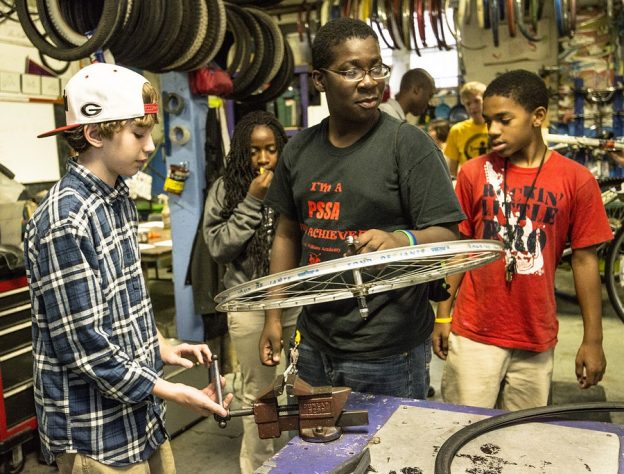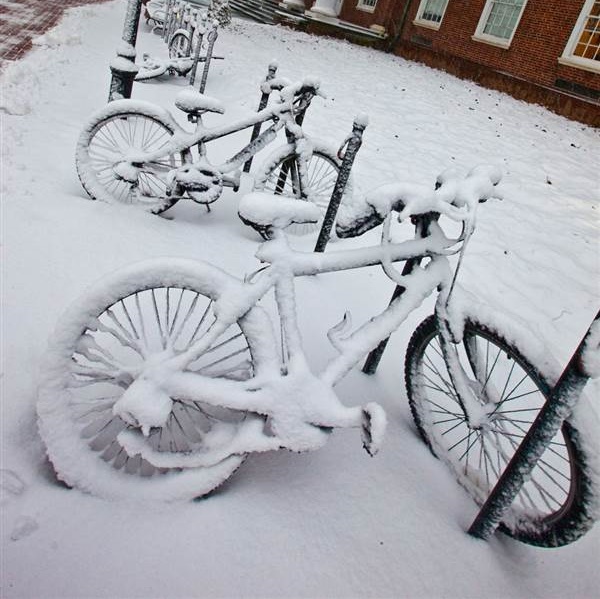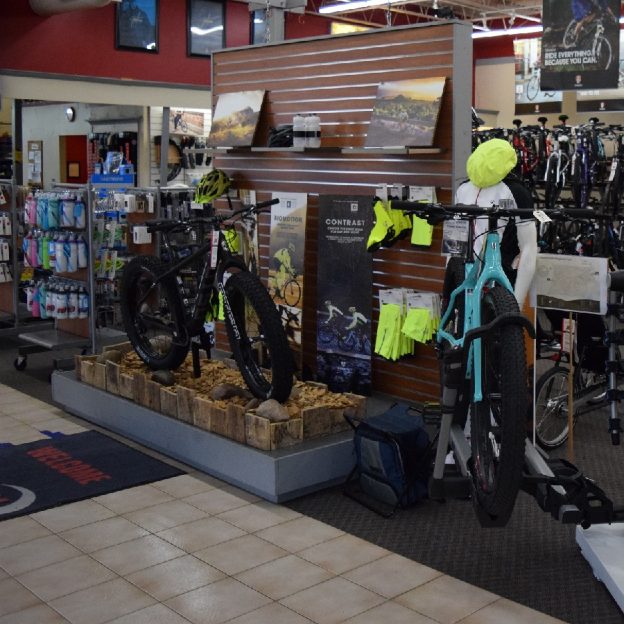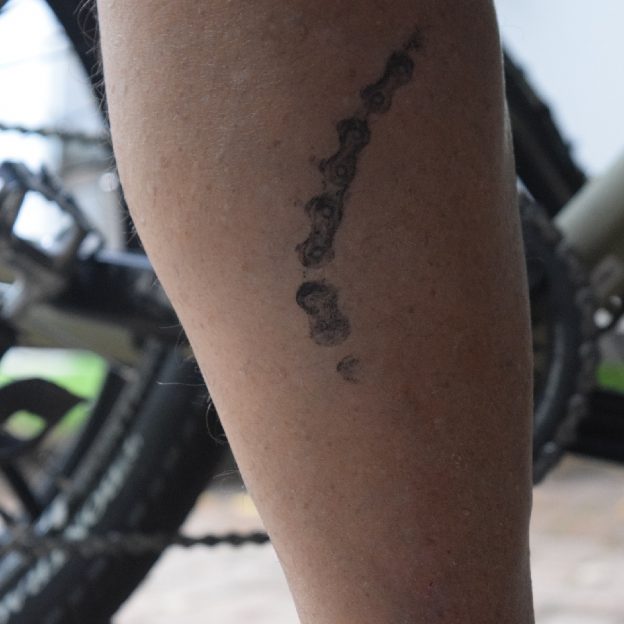Tag: bike maintenance
-

How to fix a flat tire on a bike is a skill every rider should have
One inevitability of riding a bicycle is that you will get a flat tire. With a little practice and planning, you will be able to fix a flat tire and finish your ride. To be prepared, you will need a few tools and to practice how to fix a flat on your bicycle a few…
-

Round, straight and fast, wheel truing makes riding easier
Wheel truing is a great way to take care of your bike while making it easier to ride. However, when you start adjusting your wheels, it’s important to know where to start. Please, read on below for details on what makes your wheels work, and how to make them work better.
-

Quick and easy tips for adjusting your bicycle’s v-brakes
For those who don’t have disc brakes, the V-brakes on your bike are your greatest single source of control. Take a look below for some tips and tricks on how to adjust your V-brakes.
-

Outside Bike Storage: Preserving its Condition While Battling Mother Nature
If you’re like the many people who ride bikes, you may have selected or been forced to use outside bike storage where your bicycle has to fend for itself in all the weather elements. It’s nothing to be ashamed of, especially since many people don’t have a place to store their bikes inside.
-

Make Winter Bike Commuting Fun
As the vibrant colors of fall disappear and the winds blow predominately out of the northwest it’s time to ask. Should I ride my bike in the snow, ice and frigid elements of winter or should I take my faithful two-wheeled steed into the shop for a tune-up and store it away?


